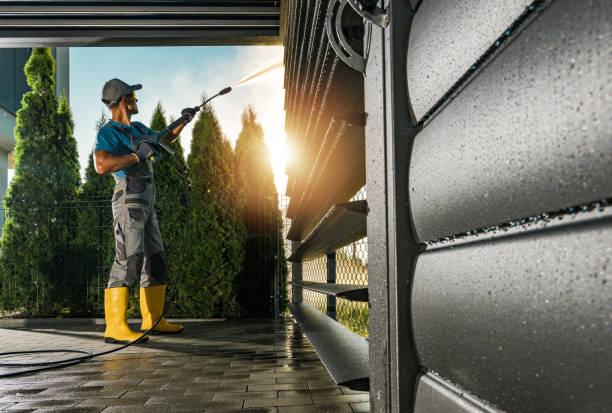Fire protection enclosures play an essential role in safeguarding structures and people from the devastating effects of fire. These systems are designed to contain and control fires, preventing them from spreading throughout a building, thus minimizing damage to property and ensuring the safety of occupants.
A fire protection enclosure is a structure or compartment that has been specifically designed and constructed to resist the spread of fire. They include elements such as walls, floors, ceilings, doors, windows, and penetrations that are all built with fire-resistant materials. The primary purpose of these enclosures is to limit the spread of fire within a building or even prevent it altogether.
These enclosures work by creating physical barriers against flames and high temperatures. When a fire breaks out in one part of a building, these barriers help contain it within that specific area for a certain period – usually long enough for occupants to evacuate safely and for firefighters to arrive on scene. Fire resistance ratings determine how long these barriers can withstand exposure to extreme heat without compromising their structural integrity.
Another critical aspect of fire protection enclosures involves protecting mechanical systems like HVAC ducts or electrical conduits which traverse through different sections of buildings. Specialized sealants are used at penetration points where these services pass through compartments; this prevents smoke or flame from using these pathways as routes for further propagation.
Fire-rated doors serve as integral parts within these protective systems too. They act like movable walls when closed during a fire outbreak; they stop smoke and flames while still allowing people inside the building to escape via designated egress paths.
Additionally, some learn more about fireproof enclosures also incorporate automatic suppression systems like sprinklers or gas-based extinguishers that activate when triggered by elevated temperatures or smoke detection sensors.
The benefits offered by effective use of fire protection enclosures go beyond merely safeguarding physical assets – they save lives too! By containing fires quickly, they provide valuable time needed for safe evacuation procedures before conditions become life-threatening due to smoke inhalation or heat exposure.
Moreover, they also serve indirectly in reducing the financial impact of fire incidents. By limiting the extent of fire and smoke damage, restoration costs can be significantly reduced. Plus, their presence may lower insurance premiums due to decreased risk factors.
In conclusion, fire protection enclosures are an indispensable part of modern building design that prioritizes safety and security. Their function extends beyond merely containing fires; they provide a robust defense line that safeguards both people and structures from the devastating effects of uncontrolled fires. Therefore, understanding their importance and ensuring their proper installation and maintenance is crucial for every property owner or manager.




